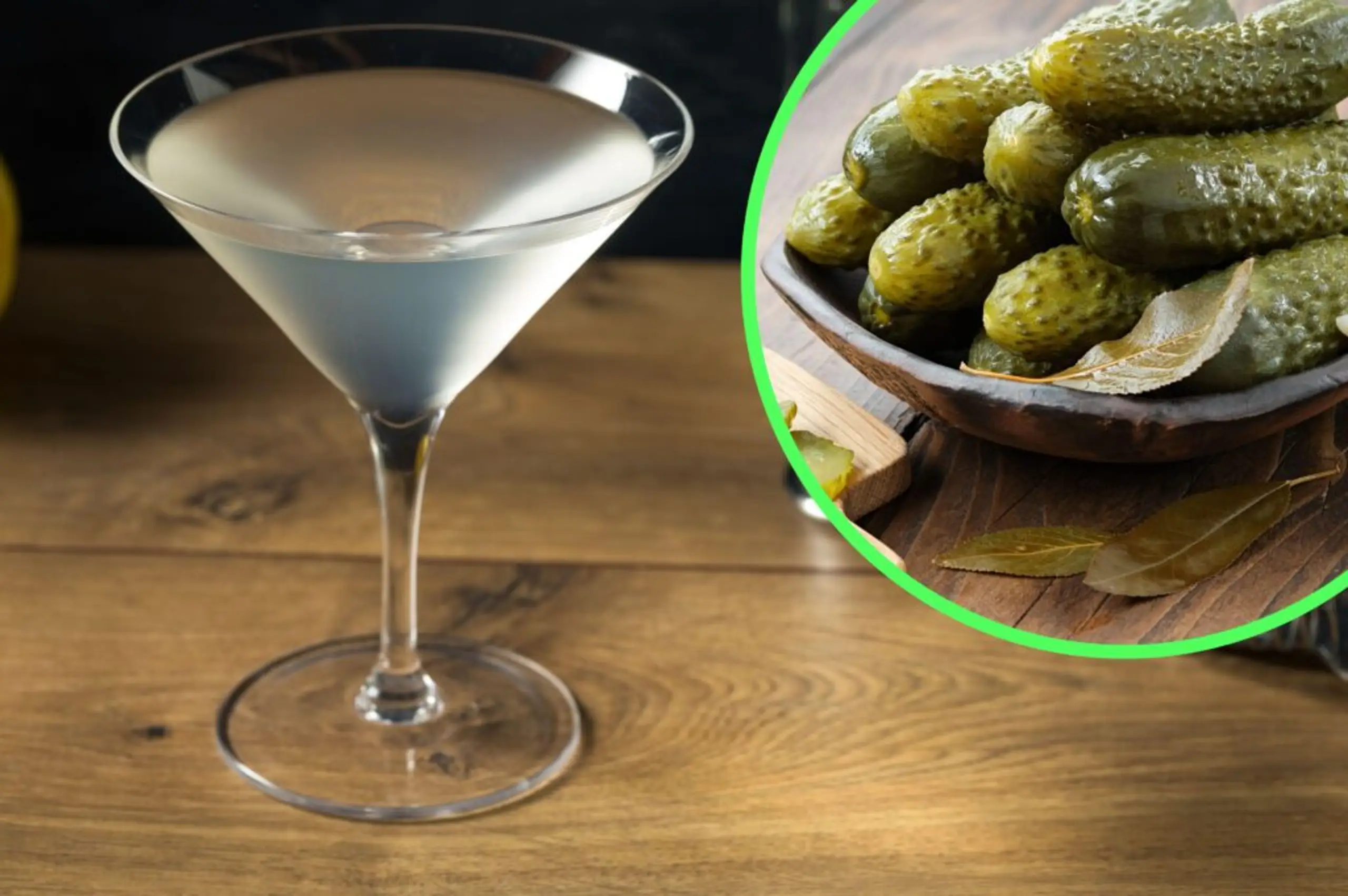Uncategorised
How bird’s nest soup became one of the world’s most extreme foods
11 Apr 2018
4m
Deep in the jungles of Southeast Asia lies a complex labyrinth of near impenetrable caves. Ranging in size from little more than holes to colossal cathedrals of stone, these caverns are home to a wealth of creatures that call the rocky fortresses home. For people to hunt here takes not only bravery, but prodigious skill. Operating in near darkness and using the most rudimentary of tools, these environments are among the most dangerous working conditions found anywhere on earth. Yet, every day, thousands of people risk their lives here to fill the demand for one of the world’s most extreme foods.
In caves such as Gomantang and Niah in Borneo and on the aptly named Bird’s Nest Island in Thailand, hunters risk life and limb to harvest the nests of the critically endangered cave swiftlet. Using a lattice of rickety bamboo ladders and rope pulleys, locals remove the cup-shaped deposits stuck to the cave walls. The environment is treacherous and accidents are common. Despite the risks, their harvest could be worth thousands of dollars.
On the face of it, bird’s nest soup seems like the last thing that people would want to eat. Formed from the congealed saliva of two species of small bird, the nests themselves range from pure white to muddy brown in colour. When added to a bowl of broth, the dried nests transform into a gelatinous mass and provide a unique texture and somewhat sweet flavour. Nests are valued according to their purity, with lighter colours the freest from contaminants such as feathers and faeces.
Despite its unappetising origins, bird’s nest soup is steeped in a rich history. Famously prized by Chinese monarchs and ruling classes as a key component in lavish banquets and celebrations, the soup is still believed by many to be the dietary equivalent of the fountain of youth. Traditional Chinese and East Asian medicines teach that bird’s nest consumption can improve skin, respiratory health and libido as well increase one’s lifespan. Whether or not there is any evidence for some of the food’s more outlandish health claims is a topic of some debate among scientists. However, testing has revealed that the nests do contain high levels of calcium, iron, potassium and magnesium, giving credence to the idea that bird’s nest may well be a radical health food.
Fuelled by this compelling combination of science and superstition, demand for bird’s nest has exploded in recent years. A kilogram of white nests can today fetch up to $2,000, while the even more prized red nests command more than $10,000 for the same weight. The global industry is worth an estimated $5bn annually, and the product is popular from Hong Kong to the United States. With such financial reward on offer, it is little wonder that so many people remain willing to risk their lives.
 birds nests in jars in hong kong
birds nests in jars in hong kongWhen any natural resource attracts such high demand, the potential for overexploitation is never far away. Whenever a nest is harvested, it takes an adult bird more than a month to rebuild it, making it doubly difficult for mating pairs to successfully raise their chicks. In many places, harvesting has proved devastating. Caves that were once filled with flocks several million strong are now all but empty; a situation not only damaging for the animals themselves, but also for the communities that rely on them. In many places, corporations have sought to seize control of the most valuable caves, doing untold damage to the delicate ecosystems that live there.
It’s not just the environmental damage that makes bird’s nest soup such an extreme food. In several countries, the law demands that anyone looking to harvest bird’s nests must pay sizeable concessions to the government. These taxes are often so great that businesses and individuals will look to protect their investment at all cost. In Thailand, some businesses hire private armed militias to deter any would-be trespassers, and there are several reports of locals and tourists being subjected to gunfire for getting too close.
The danger of the profession, the risk to the environment and the desperately hostile attitude of certain organisations has made it abundantly clear that an all-natural approach to bird’s nest harvesting is no longer viable. As a result, some enterprising farmers have looked to create artificial environments for the birds, where their nests can be gathered in relative safety. Though these new environments still rely on the same rudimentary gathering techniques used elsewhere, advocates say that this approach may be the only way to ensure the long-term survival of the threatened species.
However, despite the proposed benefits of a switch to artificial farming, there are many experts who feel that even this is not a realistic solution. Concerns have been raised over the effectiveness of farmers, who in some cases have been shown to artificially alter their produce with chemicals such as nitrate and arsenic in order to yield a more attractive product. There is also very little evidence available over how such an approach on a wide scale would impact the environment long-term. The many layers and concerns over bird’s nest soup just go to show what a contentious food this expensive treat really is.
The world is full of weird and wonderful delicacies. All cultures practise their own unique brand of cooking, incorporating an array of ingredients that range from off-putting to incomprehensible to the untrained eye. In most cases, these delicacies are a direct result of centuries of tradition and superstition. However, as modern man has evolved, flourished and spread to every corner of the planet, many practices that were once harmless today threaten the fragile fabric of various ecosystems. As bird’s nest soup proves, if we want these traditions to survive, we need to reevaluate our approach. If we don’t, the consequences could be dire for everyone.



